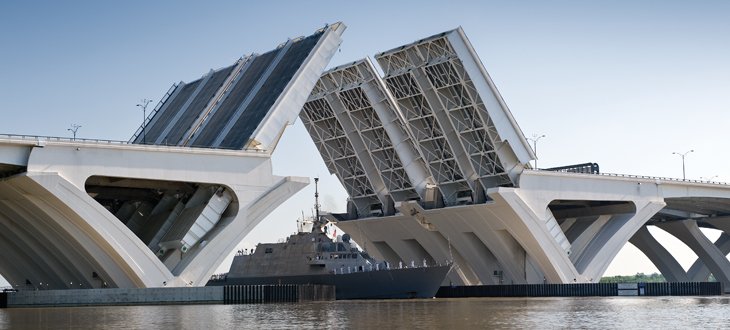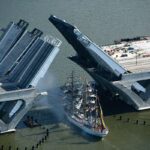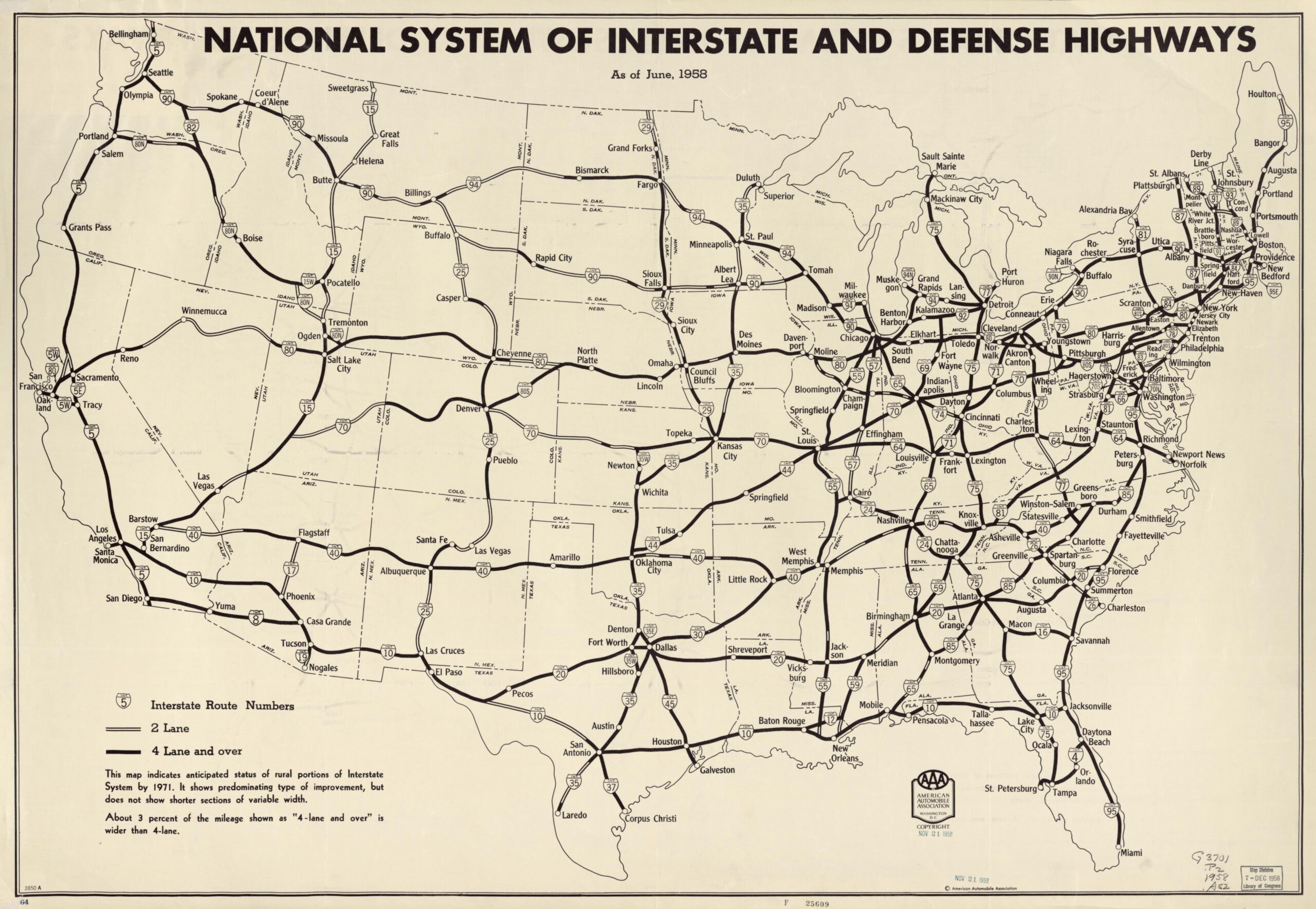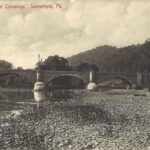Of the 617,000 bridges in the United States, only around 3,000 have a movable span. That is about half a percent. Not a lot, though that is more than the number of suspension bridges and cable stayed bridges combined (1,346 and 59, respectively). So it would seem that a bridge engineer’s odds of working on a movable bridge during the course of their career would be greater than working on a cable stayed bridge.
So why so rare? Movable bridges, like long span cable supported bridges, are a niche bridge type within the world of bridge engineering. They have their use, their purpose. They are more expensive, both to build and to operate and maintain, than a fixed bridge, and would thus only be recommended where a fixed bridge would not otherwise work.
In the modern era, designing a movable bridge requires the talent, knowledge and experience of two different areas of engineering – mechanical and structural. The mechanical engineer typically handles the design of the mechanism which moves the span, while the structural engineer designs the load bearing components. This has evolved over time. When movable bridges were in their heyday, the distinction between the different disciplines was more blurred than it is today. Talented engineers with an idea would design just about any bridge, novel or tried. Essentially the bridge engineer sought to design a bridge to solve the problem at hand.
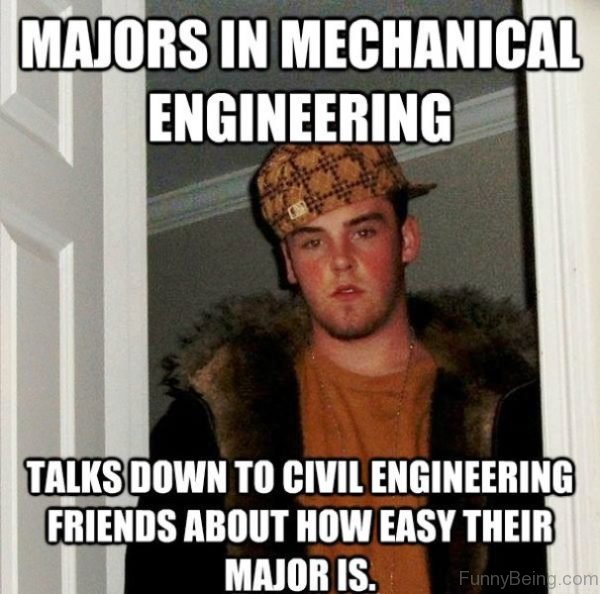
Now, is there overlap between those two disciplines? Absolutely. The structural engineer will need to allow for sufficient space for all of the operating machinery. The mechanical engineer will need to communicate any special design aspects to the structural designer. It is a collaborative project, similar to the rapport between an architect and an engineer when working on a cable supported bridge.
Indeed some bridge engineers, indeed many structural engineers, would immediately shy away from the prospect of a bridge that moves. We structural engineers are simple folk after all – the sum of the forces must always equal zero. There are some firms with structural engineers who specialize in movable bridges. But like a golf course architect, the number of projects requiring such specialized services year upon year just doesn’t support a high number of such specialized individuals. Many movable bridge engineers in practice work to preserve existing movable bridges rather than designing new ones.
Ultimately movable bridges are structures like any other and are governed by the laws of physics. Gravity still acts downward. But with a movable bridge we get interested in such unusual topics as – inertia, friction, tolerances. In the heavy civil industry we often joke ‘we’re not building a Swiss watch here.’ But with a movable bridge, moving the amount of weight we’re talking about in a short amount of time, maybe we really should be building a Swiss watch?
In this series of articles we’ll take a look at the movable bridge types, how they’ve been built, where they are building new ones today and how engineers preserve the ones we have.
If you were to plot all of the movable bridges on a map of the United States, one conclusion you would quickly draw would be that most movable bridges are located in urban areas. Not all, certainly, but the vast majority. Why is that?
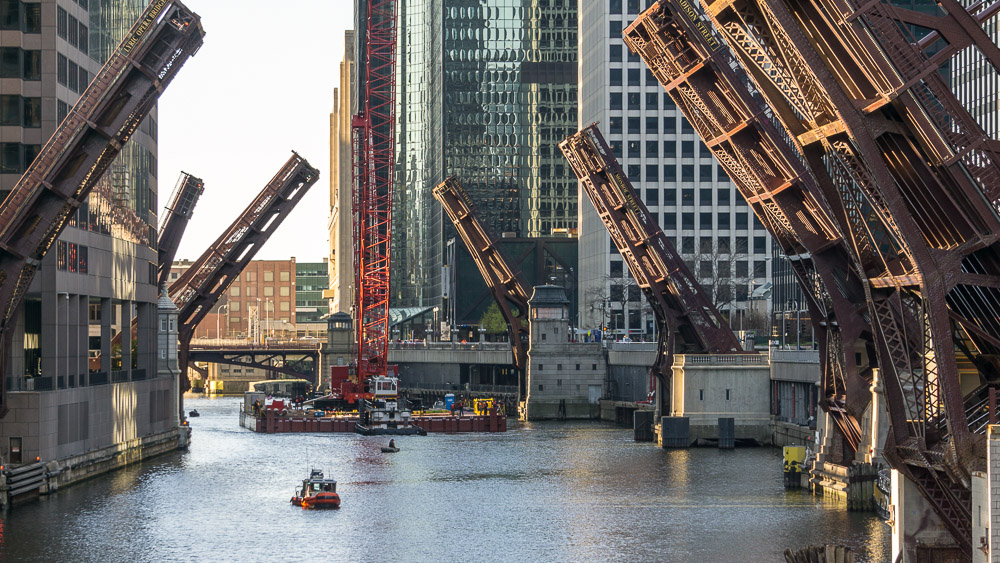
Well, if we further examine why a bridge needs to be able to move we could also conclude that very nearly all movable bridges open to allow marine vessels to pass. Now combine this with the fact that nearly all movable bridges are located in urban settings and you can understand the fundamental problem that movable bridges solve – the collision of two transportation modes.
In the days before the automobile, settlers preferred to locate their new cities near rivers – sometimes near the confluence of two or more rivers. Rivers provided a means for transporting goods and supplies, not just between cities but within the city as well. For the land lubbers of these new cities, if you needed to cross a river there was always a boat waiting to take you across. Early cities would have been very much water based civilizations. You reached the city by boat, you crossed the city by boat and most everything you needed arrived by boat.
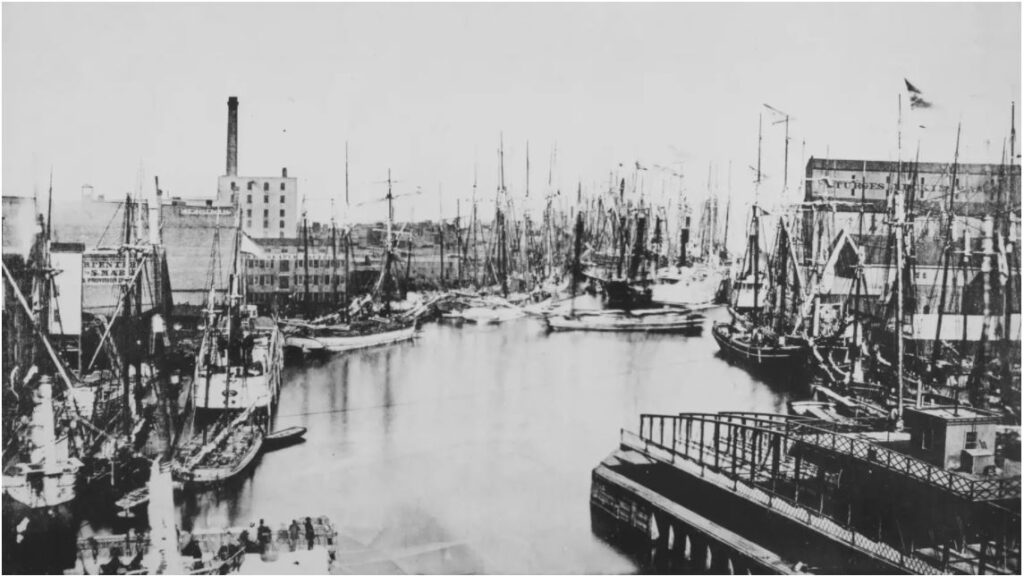
As the Industrial Revolution ushered in a new era for most people, it also began to change our cities. Steam and eventually electricity began to power our daily lives. Throngs of people were packing cities and working in factories. Horse or animal drawn carriages eventually gave way to streetcars and automobiles. And still waterways stymied progress. They became barriers to expansion. Bridges were certainly an option, but how do you build a bridge to cross a river without blocking the river?
Engineers would need to devise a bridge that could cross a river while still allowing vessels to pass. In the early 20th century, tall ships were still a common presence in some cities. Tall ships require a lot of clearance. In many cities, the waterways to be crossed were not immense. Thus the required vertical clearance to allow ships to pass would nearly equal the horizontal span of the structure.
Many city architects balked at having long approaches and tall bridges blighting the cityscape. Bridges should be built at city street level and be as low as possible. This made it easier for pedestrians to cross without an arduous hike up and over the bridge. However, this seemed to be at odds with the need to maintain commerce by water.
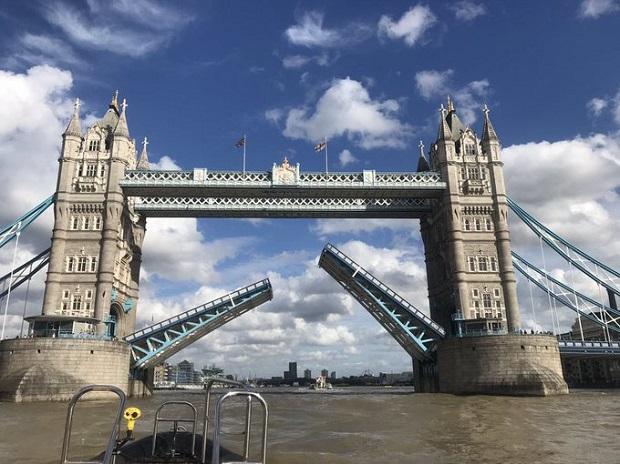
The solution was to devise a bridge that could actually move out of the way when needed. A bridge that would allow city traffic to cross but could be raised to allow vessels to pass was the ideal compromise. Such a bridge could be built quite low since vertical clearance could be “increased” on demand.
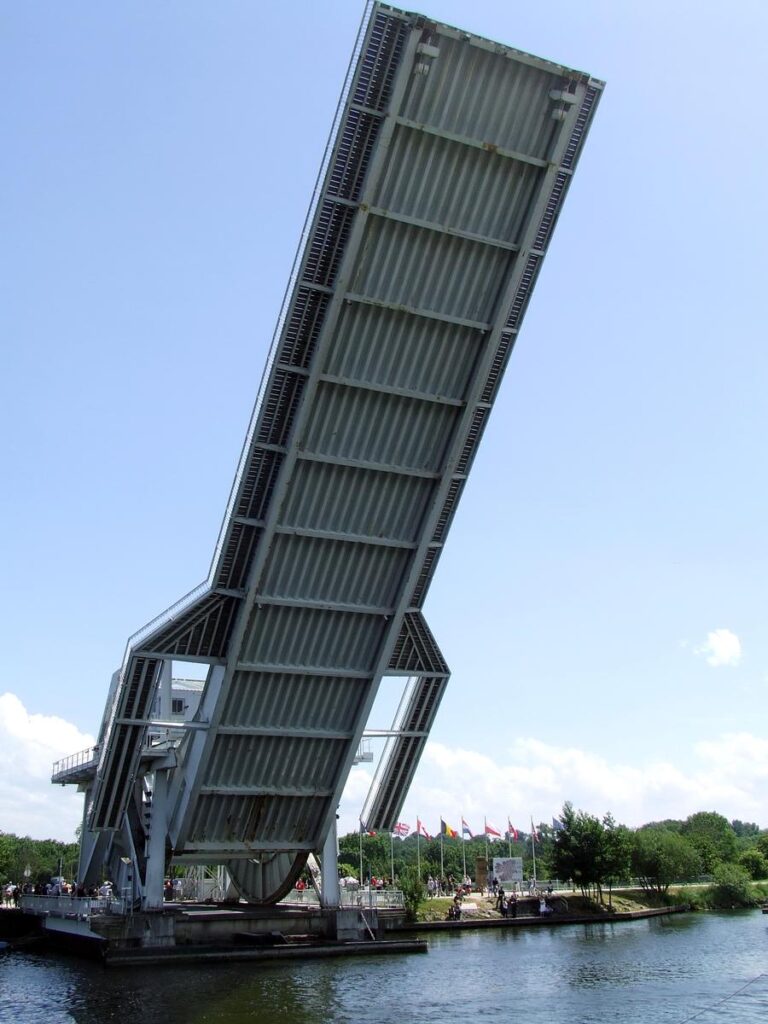
The 19th century was a boon for movable bridge construction. Engineer J.A.L. Waddell said that the modern age of bascule bridge building began in 1894 with the opening of Tower Bridge in London. And not just bascules! Engineers had all sorts of ideas for movable bridge designs. The Scherzer Rolling Lift Bridge Company had a patented design for a rolling lift bascule and built these types almost exclusively. The Strauss Bascule Bridge Company (started by Joseph Strauss, known primarily for the work he and Charles Ellis did on the Golden Gate Bridge) focused on trunnion type bascule bridges, particularly the heel type.
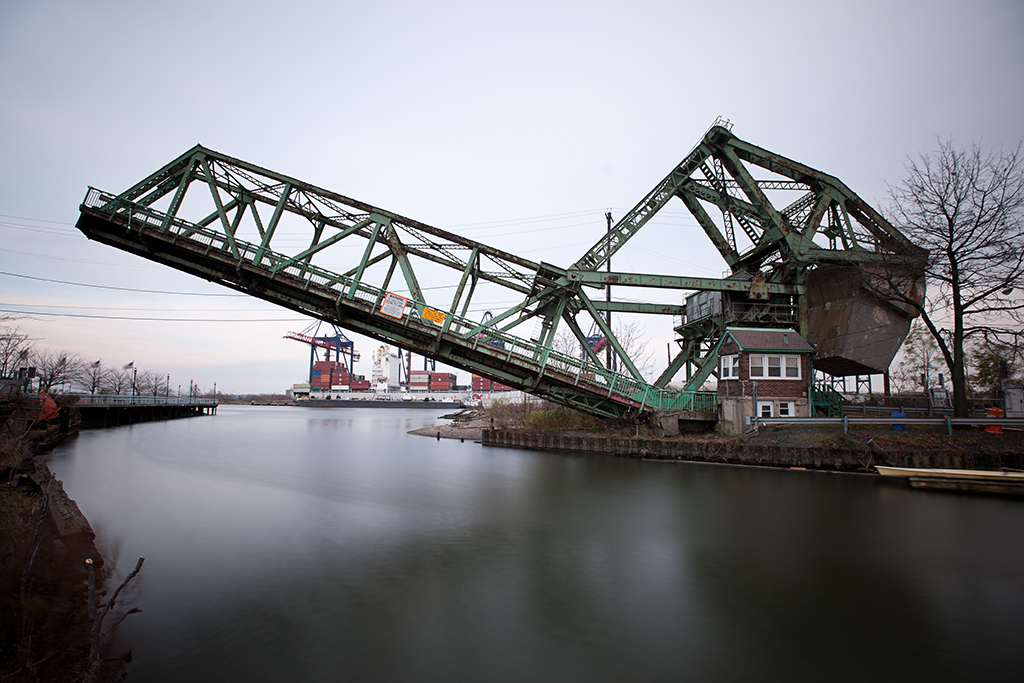
Sadly, not many of the original 19th century movable bridges still exist. Many have been supplanted for one reason or another, but most likely deterioration or obsolescence. With truss construction in those days, regardless if the bridge was movable or not, labor was cheap. So if the bridge was poorly maintained, it would just be replaced. In today’s modern world, labor is the most expensive part of bridge building. As a consequence, we see a lot of bridges from the 1950’s and 1960’s still around and being actively preserved.
Smart bridge owners will continually weigh the costs of renovation, operation and maintenance against replacing the bridge with a fixed span. If the waterway is no longer navigable or is no longer used for navigation, the movable bridge could be seen to be obsolete. Some movable bridges have been replaced with fixed bridges if the bridge provides sufficient vertical clearance for the vessel traffic using the waterway. These issues come under the jurisdiction of the Coast Guard in the United States.
One notable example of the removal of a movable span due to obsolescence is the removal of the I-90 floating bridge draw span. With the construction of the new East Channel bridge complete with 70 feet of vertical clearance, vessels unable to clear the floating bridge approaches could navigate around Mercer Island via the east channel.
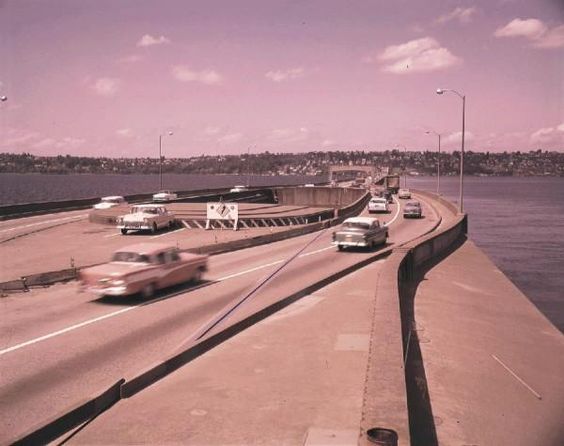
Another is the elimination of the floating bridge draw span from the new bridge design of the Evergreen Point Bridge. The new bridge was designed to provide a navigation channel with at least 65 feet of vertical clearance, allowing most vessels to access the south end of the lake.
Numerous other examples exist, especially where movable bridge spans are fixed in the closed position or the open position. Many movable bridges that carry railroads are left in the open position. Due to the infrequent use of the railroad tracks and the relatively more frequent use of the waterway, the bridge span is left open most of the time and closed when needed for a passing train. Where the opposite is true, such as on vehicular bridges, moving spans will be left closed most of the time and only opened perhaps once or twice a year for a vessel or opened periodically for maintenance purposes.
As with so much in engineering, the right tool for the job. There are locations where a movable bridge just makes sense. But what made sense years ago may not make sense today. So you’re more likely to see a movable bridge in a city or urban setting, wherever road or rail traffic must intersect with vessel traffic. In the next edition of The Bridge Guy, we’ll explore some of the more common movable bridge types, why you might select one type over another, some notable examples of each and any new projects on the horizon. Check back soon for more!
Views: 1537